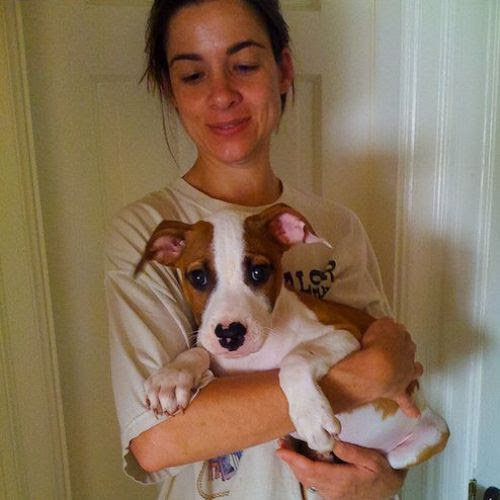Sep 26, 2022
Austin was a very different city for vulnerable companion animals just 14 years ago. Some of the animals most at risk were puppies with parvovirus. Each day these tiny lives were needlessly lost because shelters didn’t have programs set up to treat parvo.
Veterinarians learn how to treat parvo in school, so we wondered why animal shelters couldn’t or wouldn’t. If these puppies could often be saved, why wasn’t treatment the norm? To
save these pets and increase lifesaving in Austin, we had to start
somewhere — and keeping parvo puppies from being euthanized seemed like a
good place to start.
The Parvo Puppy ICU, as we know it today, was born in a bathroom in my house around Thanksgiving 2008. At its peak I could spend up to eight hours a day cleaning and treating anywhere from a couple to 25 sick puppies at a time. Thankfully,
my husband was very understanding and willing to put up with the smell
of sick puppies in our bathroom. Even though it wasn’t ideal having the
strong and unforgettable odor of parvo in our home, it was the only way
to protect these pets in need and give them the critical care they
deserved.
We often share the story of the ICU’s humble beginnings because it
reminds us how far we’ve come. Although I was often the only one
cleaning up after that first batch of puppies, APA!’s capacity to care for animals in need continues to grow thanks to the help of friends like you.


Because of our community’s determination to make Austin No Kill, we were able, eleven years ago, to trade the bathroom tile and pop-up crates for linoleum and metal kennels in a location with easy access to our clinic and round-the-clock staff. The need for support didn’t end when we moved to the Parvo Puppy ICU at TLAC.
Today, parvo puppies are still at risk of needless euthanasia in shelters across Texas that haven’t yet adopted No Kill. As we celebrate the 11th anniversary of No Kill in Austin and its continued impact on pets at high risk of euthanasia we know there is still so much work to do to save even more lives and help other shelters do the same. Will you join us today?
With gratitude,
Ellen
Source: Austin Pets Alive












